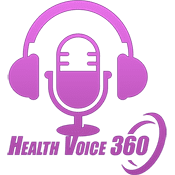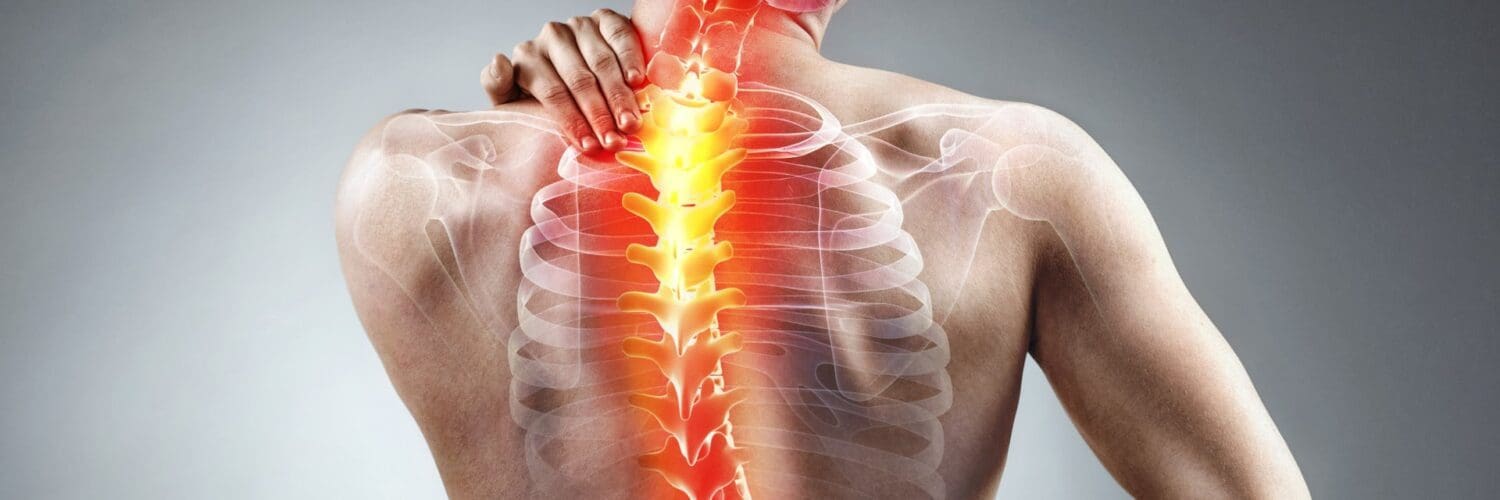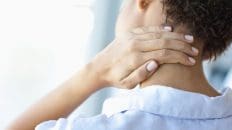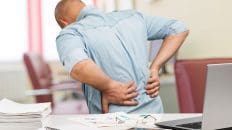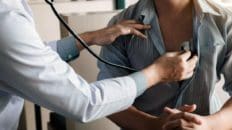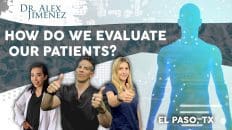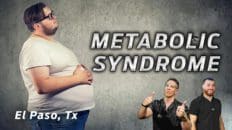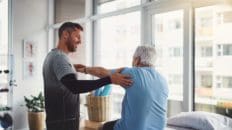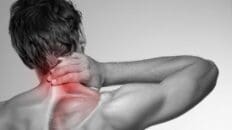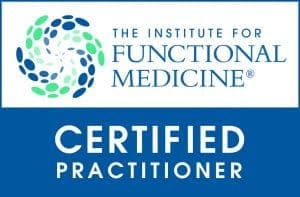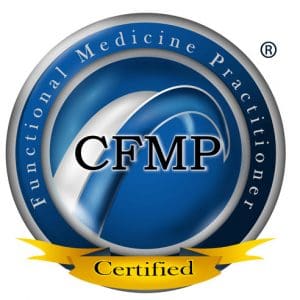Can individuals incorporate decompression to reduce spinal disc pressure on their lower backs to restore their quality of life?
Table of Contents
Introduction
The spine has a wonderful relationship with the human body as it is part of the musculoskeletal system. The spine has many components allow the body to be mobile and help stabilize the different muscle groups around the upper and lower portions. When the body is in motion, the spine starts to compress the spinal discs between the spinal column, which helps reduce the vertical axial load. Many people with highly demanding jobs will often use repetitive motions that cause the spinal disc to be constantly compressed. When the spinal disc starts to be continuously compressed, it can eventually crack over time from the immense pressure. It can aggravate the surrounding nerves that can cause referred pain-like symptoms in the upper and lower extremities. To that point, it can lead to a life of disability if it is not treated right away. Luckily, numerous treatments can help reduce the immense pressure from the spinal discs and reduce the pain-like symptoms from the upper and lower extremities. Today’s article looks at how spinal pressure affects the lower back and how decompression can help reduce spinal pressure on the lower back. We speak with certified medical providers who incorporate our patients’ information to provide various solutions to relieve spinal pressure on the spine. We also inform patients how treatments like decompression can reduce vertical axial pressure on the lower back. We encourage our patients to ask intricated and educational questions to our associated medical providers about the pain-like symptoms they are experiencing correlating with spinal pressure affecting their lower back. Dr. Alex Jimenez, D.C., utilizes this information as an academic service. Disclaimer.
How Does Spinal Pressure Affect The Lower Back?
Have you felt any muscle aches or stiffness in your lower back after bending down to pick up an object? What about feeling excruciating pain in your lower back that is radiating to your neck or your legs? Or do you feel pain in one location of your back that is not going away after rest? When many individuals are in pain, and home remedies are not providing the relief they deserve, they could be dealing with spinal pressure that is affecting their back. When people start to do repetitive motions to their bodies, the spinal disc will begin to crack and shrink depending on the environmental factor the pain is associated with.
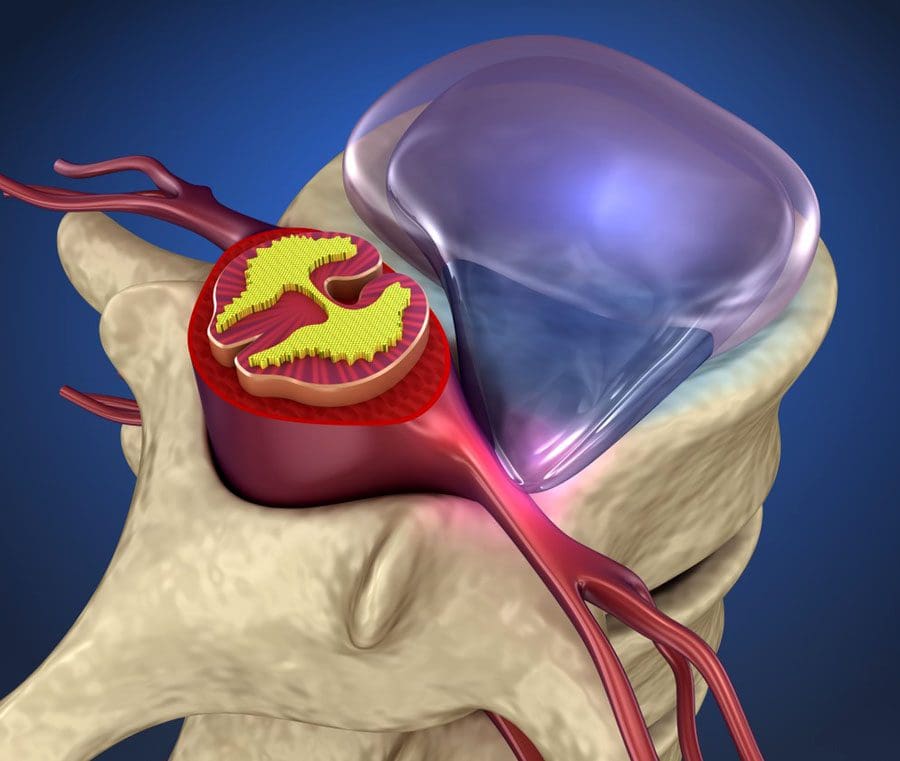
Regarding spinal pressure in the lower back, the disc is thicker and the most susceptible to injury. When it comes to spinal pressure related to disc herniation, it can lead to many individuals dealing with lower back pain and can affect their quality of life. One of the symptoms of disc herniation that are correlated with spinal pressure is that the displacement of the spinal disc can cause pain and disability in the spine as a result of a traumatic injury or degenerative changes due to the natural aging process. (Chu et al., 2023) When working, individuals put constant pressure on their spines, which can speed up the development of lower back pain.
Additionally, when there is immense spinal pressure on the spine, many pain-like issues that individuals don’t normally have will begin to pop up. This is due to a focal displacement of the intervertebral disc material that is beyond the normal limit of the spine and compresses one or more nerve roots, which can cause musculoskeletal issues to arise. (Trager et al., 2022) This, in turn, causes radiating extremity pain on the upper and lower body portions, sensory disturbances, muscle weakness, and even diminished muscle stretch reflexes as pain-like symptoms in the lower back. At the same time, when individuals are experiencing low back pain associated with spinal pressure, their truck muscles have an abnormal tilt when sitting, standing, and walking. (Wang et al., 2022) When this happens, it can cause them to develop poor posture, and when they are in an upright position, they will feel pain in their lower backs due to weak truck muscles. However, there are ways to relieve spinal pressure from aggravating the nerve roots affecting the lower back.
The Non-Surgical Approach To Wellness-Video
When looking for the right treatment, many individuals want to look for something that is cost-effective and relieves their pain. Non-surgical treatments are cost-effective and utilize various techniques to help reduce musculoskeletal pain through mechanical and manual motions to strengthen weakened muscles, relieve spinal pressure off the disc, and help realign the body to promote healing properties. The video above shows how non-surgical treatments like chiropractic care can help many individuals get their foot on the right on their health and wellness journey. At the same time, spinal decompression is another form of non-surgical treatment as it incorporates gentle traction on the spine to reduce intervertebral pressure during active and passive traction. (Andersson et al., 1983) When the spine is gently pulled, the herniated disc starts to return to its original position back to the spine, which then allows the fluids and nutrients to return to the disc and rehydrate them.
Decompression Reducing Spinal Pressure On Lower Back

So, how does spinal decompression help reduce disc pressure off the spine when dealing with low back pain? As stated earlier, spinal decompression incorporates gentle traction on the spine to be gently pulled to stretch weak surrounding muscles in the lower back. This causes an inverse relationship as the pressure within the nucleus pulposus of the herniated disc can help improve posture for many individuals with low back pain. (Ramos & Martin, 1994) Similarly, when many people incorporate decompression and chiropractic, the pain intensity is significantly reduced in all body parts, and many individuals will begin to feel the relief they deserve. (Ljunggren et al., 1984) When many individuals listen to their bodies and get the treatment they deserve, they will start to notice how decompression can help restore their bodies and positively improve their health.
References
Andersson, G. B., Schultz, A. B., & Nachemson, A. L. (1983). Intervertebral disc pressures during traction. Scand J Rehabil Med Suppl, 9, 88-91. https://www.ncbi.nlm.nih.gov/pubmed/6585945
Chu, E. C., Lin, A., Huang, K. H. K., Cheung, G., & Lee, W. T. (2023). A Severe Disc Herniation Mimics Spinal Tumor. Cureus, 15(3), e36545. https://doi.org/10.7759/cureus.36545
Ljunggren, A. E., Weber, H., & Larsen, S. (1984). Autotraction versus manual traction in patients with prolapsed lumbar intervertebral discs. Scand J Rehabil Med, 16(3), 117-124. https://www.ncbi.nlm.nih.gov/pubmed/6494835
Ramos, G., & Martin, W. (1994). Effects of vertebral axial decompression on intradiscal pressure. J Neurosurg, 81(3), 350-353. https://doi.org/10.3171/jns.1994.81.3.0350
Trager, R. J., Daniels, C. J., Perez, J. A., Casselberry, R. M., & Dusek, J. A. (2022). Association between chiropractic spinal manipulation and lumbar discectomy in adults with lumbar disc herniation and radiculopathy: retrospective cohort study using United States’ data. BMJ Open, 12(12), e068262. https://doi.org/10.1136/bmjopen-2022-068262
Wang, L., Li, C., Wang, L., Qi, L., & Liu, X. (2022). Sciatica-Related Spinal Imbalance in Lumbar Disc Herniation Patients: Radiological Characteristics and Recovery Following Endoscopic Discectomy. J Pain Res, 15, 13-22. https://doi.org/10.2147/JPR.S341317
Disclaimer
General Disclaimer
Professional Scope of Practice *
The information herein on "Reduce Low Back Pressure with these Decompression Tips" is not intended to replace a one-on-one relationship with a qualified health care professional or licensed physician and is not medical advice. We encourage you to make healthcare decisions based on your research and partnership with a qualified healthcare professional.
Blog Information & Scope Discussions
Welcome to El Paso's Premier Wellness and Injury Care Clinic & Wellness Blog, where Dr. Alex Jimenez, DC, FNP-C, a Multi-State board-certified Family Practice Nurse Practitioner (FNP-BC) and Chiropractor (DC), presents insights on how our multidisciplinary team is dedicated to holistic healing and personalized care. Our practice aligns with evidence-based treatment protocols inspired by integrative medicine principles, similar to those found on this site and our family practice-based chiromed.com site, focusing on restoring health naturally for patients of all ages.
Our areas of multidisciplinary practice include Wellness & Nutrition, Chronic Pain, Personal Injury, Auto Accident Care, Work Injuries, Back Injury, Low Back Pain, Neck Pain, Migraine Headaches, Sports Injuries, Severe Sciatica, Scoliosis, Complex Herniated Discs, Fibromyalgia, Chronic Pain, Complex Injuries, Stress Management, Functional Medicine Treatments, and in-scope care protocols.
Our information scope is multidisciplinary, focusing on musculoskeletal and physical medicine, wellness, contributing etiological viscerosomatic disturbances within clinical presentations, associated somato-visceral reflex clinical dynamics, subluxation complexes, sensitive health issues, and functional medicine articles, topics, and discussions.
We provide and present clinical collaboration with specialists from various disciplines. Each specialist is governed by their professional scope of practice and their jurisdiction of licensure. We use functional health & wellness protocols to treat and support care for musculoskeletal injuries or disorders.
Our videos, posts, topics, and insights address clinical matters and issues that are directly or indirectly related to our clinical scope of practice.
Our office has made a reasonable effort to provide supportive citations and has identified relevant research studies that support our posts. We provide copies of supporting research studies upon request to regulatory boards and the public.
We understand that we cover matters that require an additional explanation of how they may assist in a particular care plan or treatment protocol; therefore, to discuss the subject matter above further, please feel free to ask Dr. Alex Jimenez, DC, APRN, FNP-BC, or contact us at 915-850-0900.
We are here to help you and your family.
Blessings
Dr. Alex Jimenez DC, MSACP, APRN, FNP-BC*, CCST, IFMCP, CFMP, ATN
email: coach@elpasofunctionalmedicine.com
Multidisciplinary Licensing & Board Certifications:
Licensed as a Doctor of Chiropractic (DC) in Texas & New Mexico*
Texas DC License #: TX5807, Verified: TX5807
New Mexico DC License #: NM-DC2182, Verified: NM-DC2182
Multi-State Advanced Practice Registered Nurse (APRN*) in Texas & Multistate
Multistate Compact RN License by Endorsement (42 States)
Texas APRN License #: 1191402, Verified: 1191402 *
Florida APRN License #: 11043890, Verified: APRN11043890 *
* Prescriptive Authority Authorized
ANCC FNP-BC: Board Certified Nurse Practitioner*
Compact Status: Multi-State License: Authorized to Practice in 40 States*
Graduate with Honors: ICHS: MSN-FNP (Family Nurse Practitioner Program)
Degree Granted. Master's in Family Practice MSN Diploma (Cum Laude)
Dr. Alex Jimenez, DC, APRN, FNP-BC*, CFMP, IFMCP, ATN, CCST
My Digital Business Card
RN: Registered Nurse
APRNP: Advanced Practice Registered Nurse
FNP: Family Practice Specialization
DC: Doctor of Chiropractic
CFMP: Certified Functional Medicine Provider
MSN-FNP: Master of Science in Family Practice Medicine
MSACP: Master of Science in Advanced Clinical Practice
IFMCP: Institute of Functional Medicine
CCST: Certified Chiropractic Spinal Trauma
ATN: Advanced Translational Neutrogenomics
